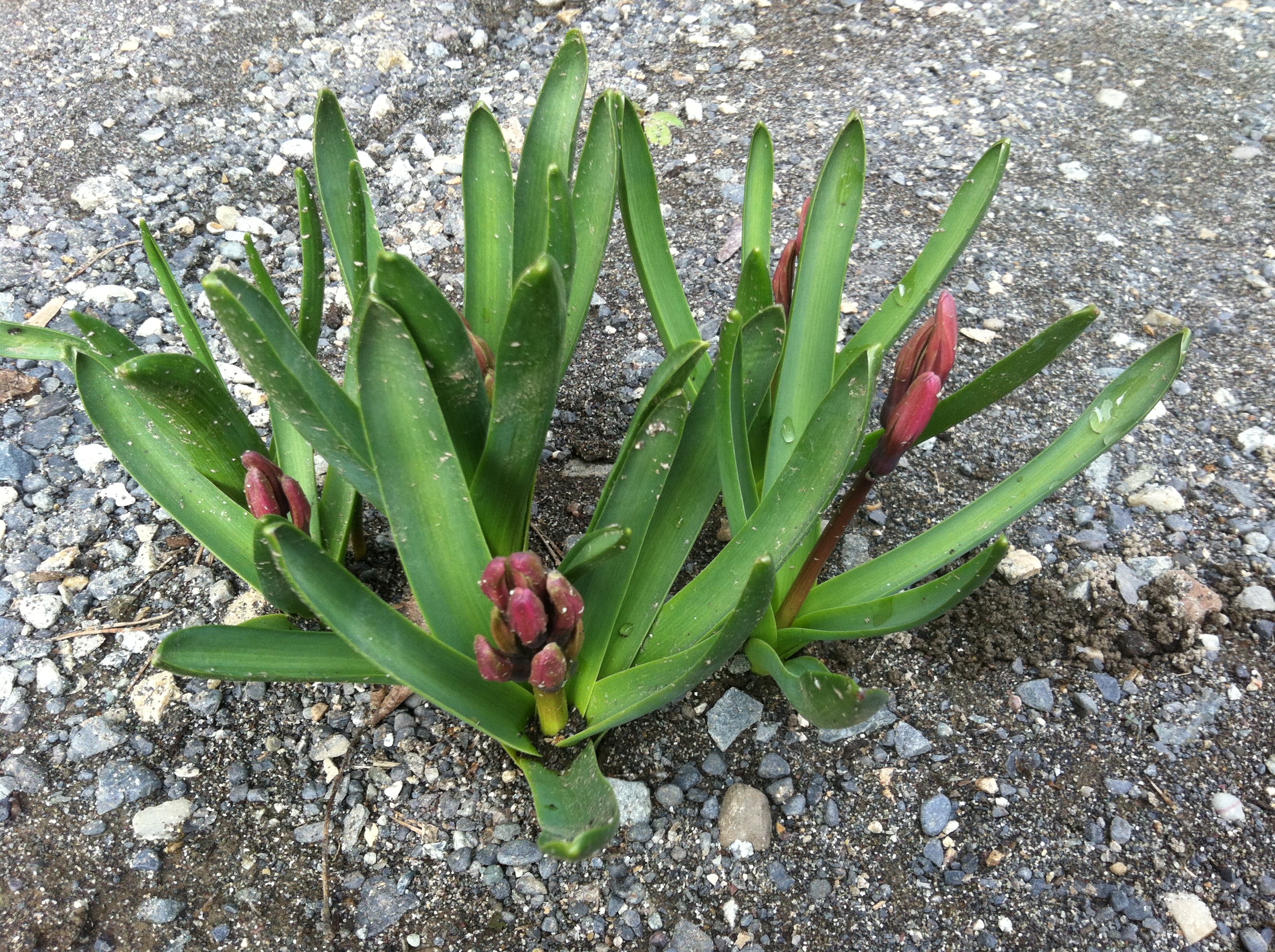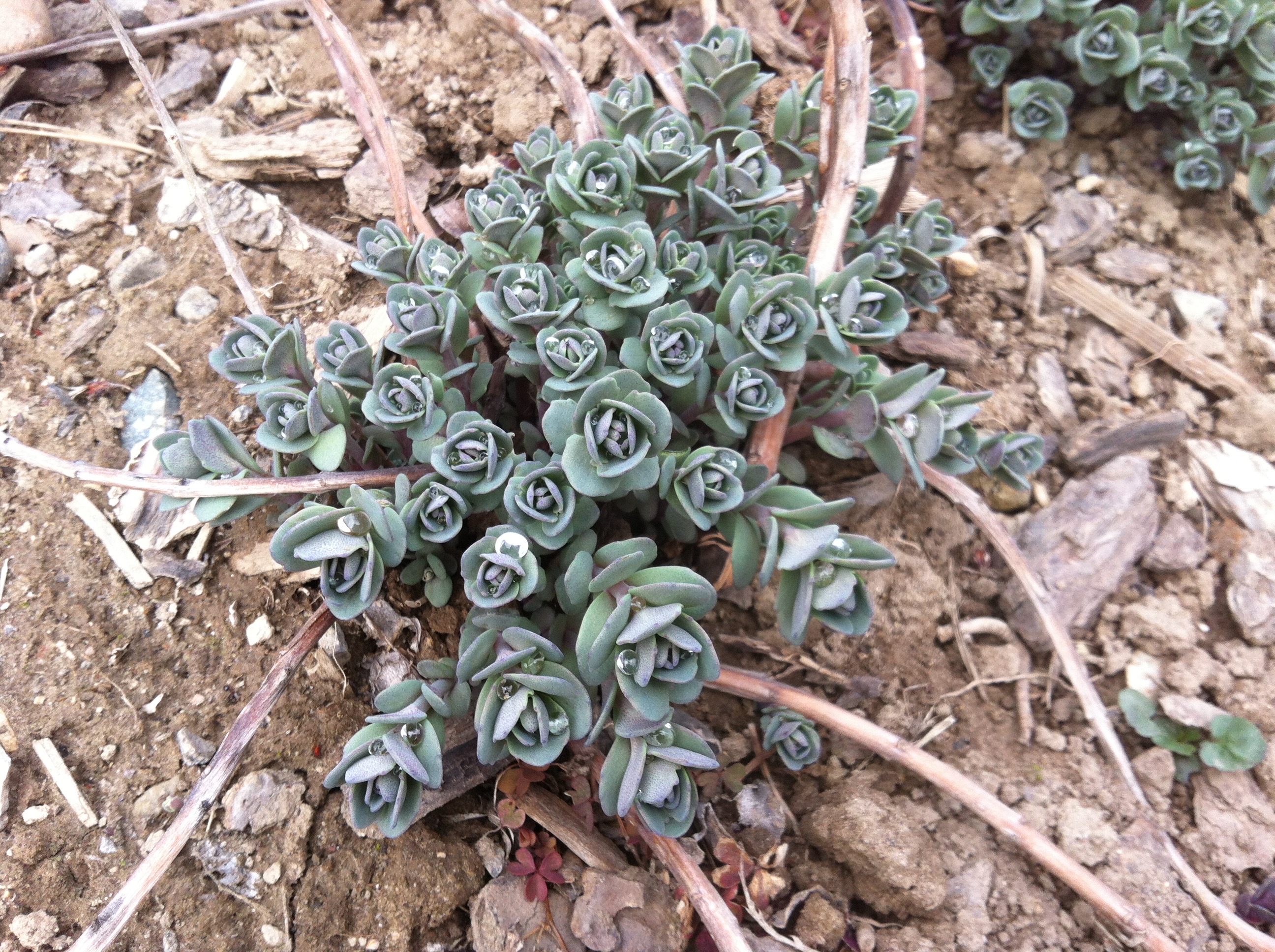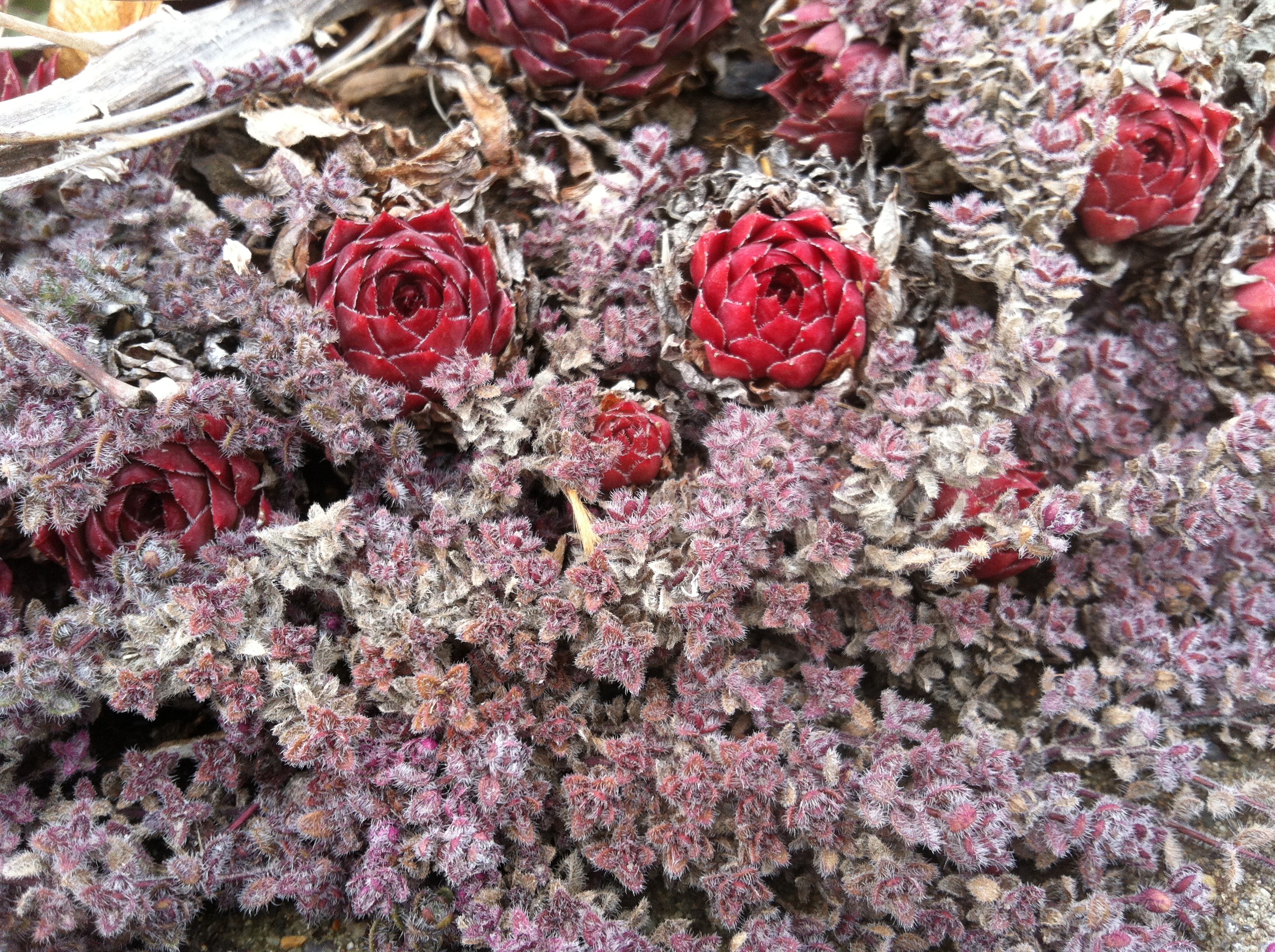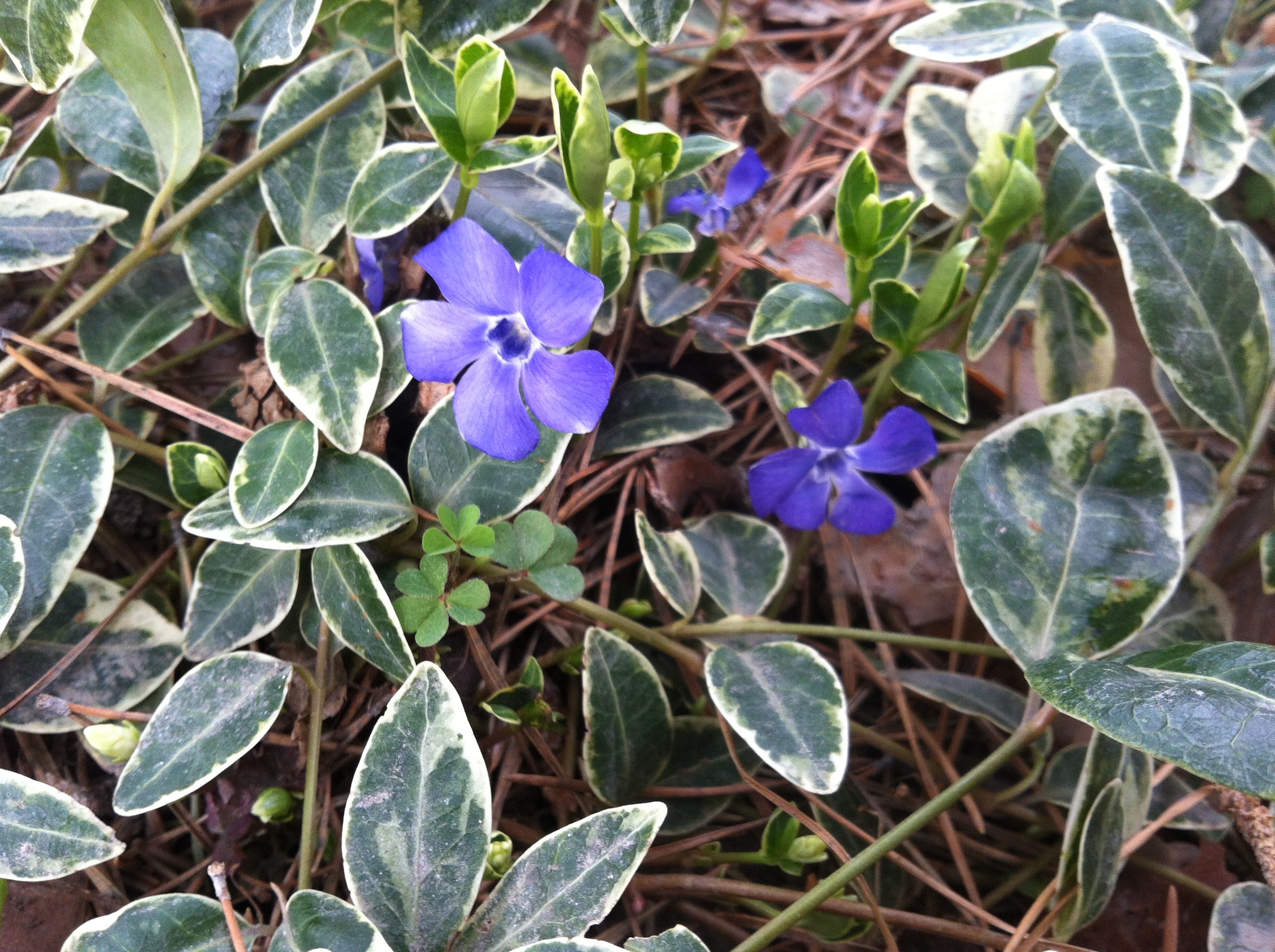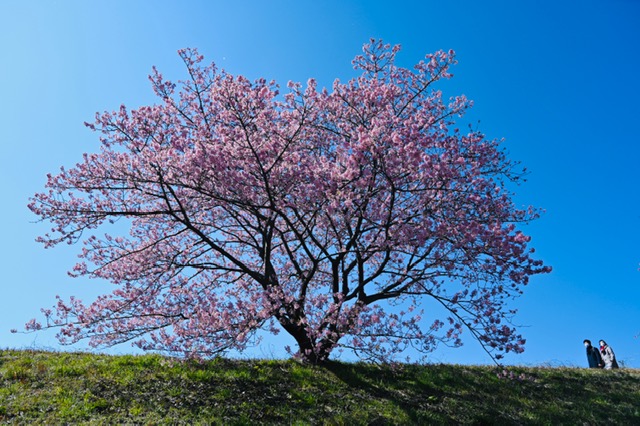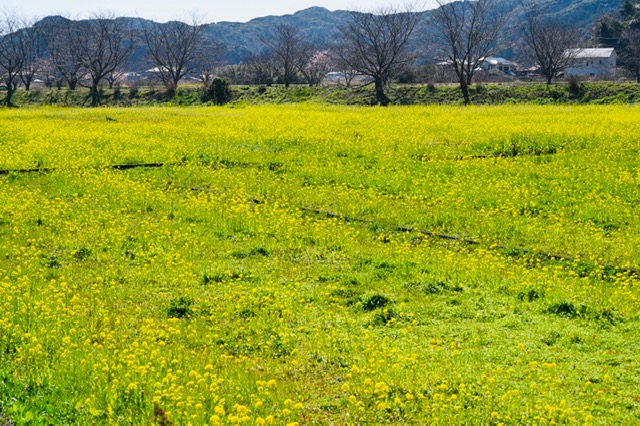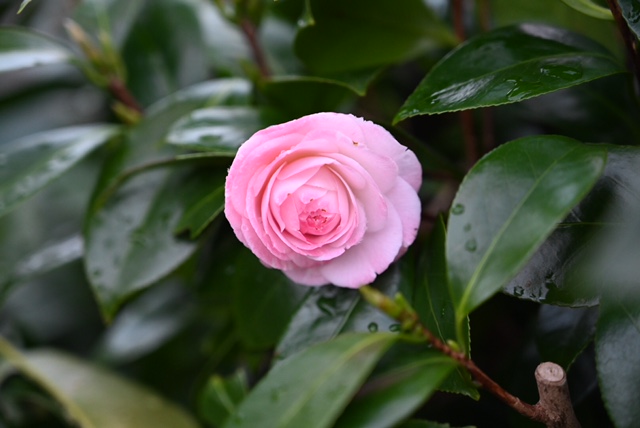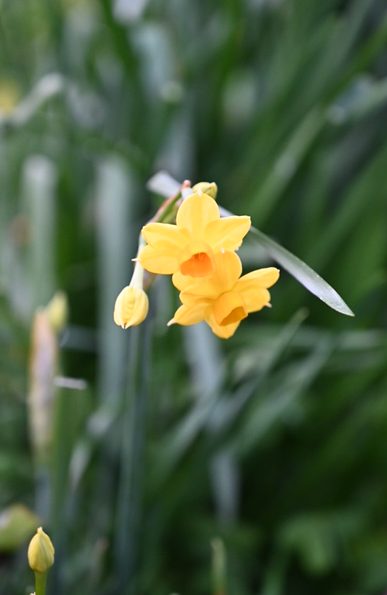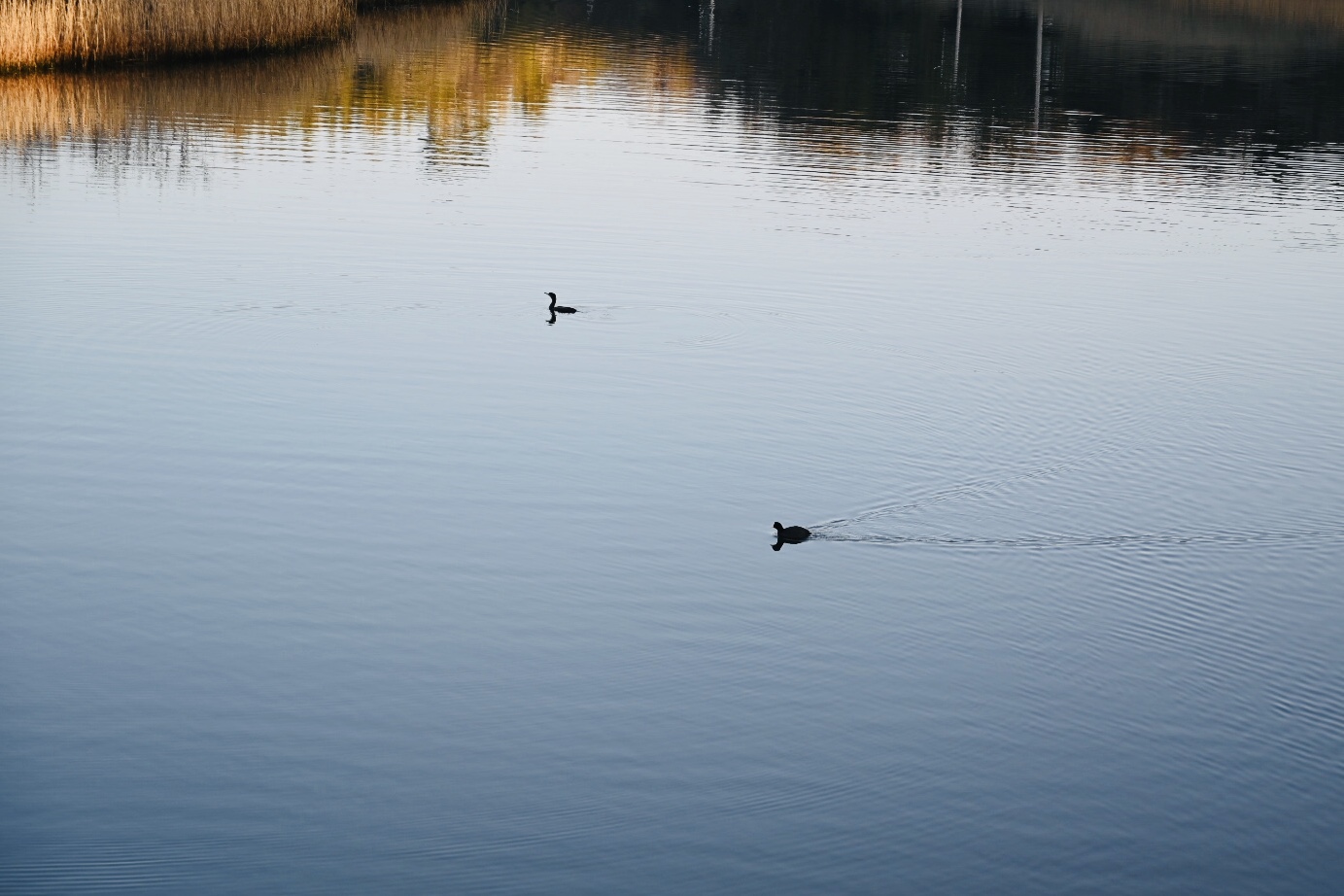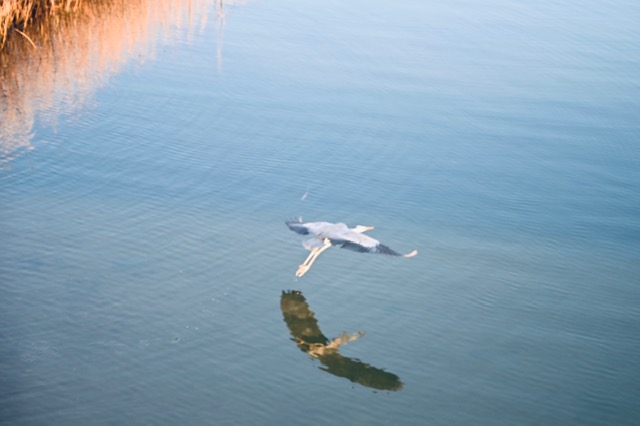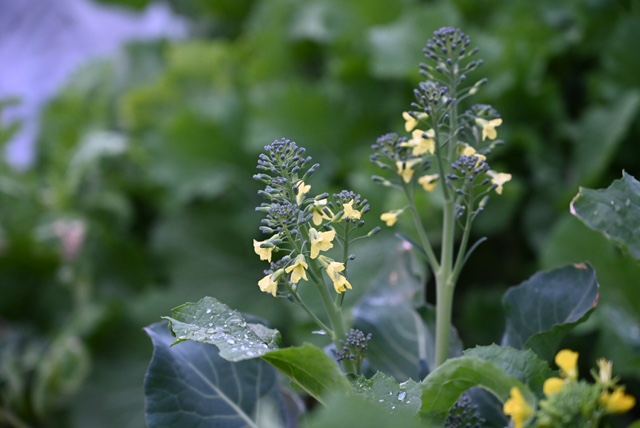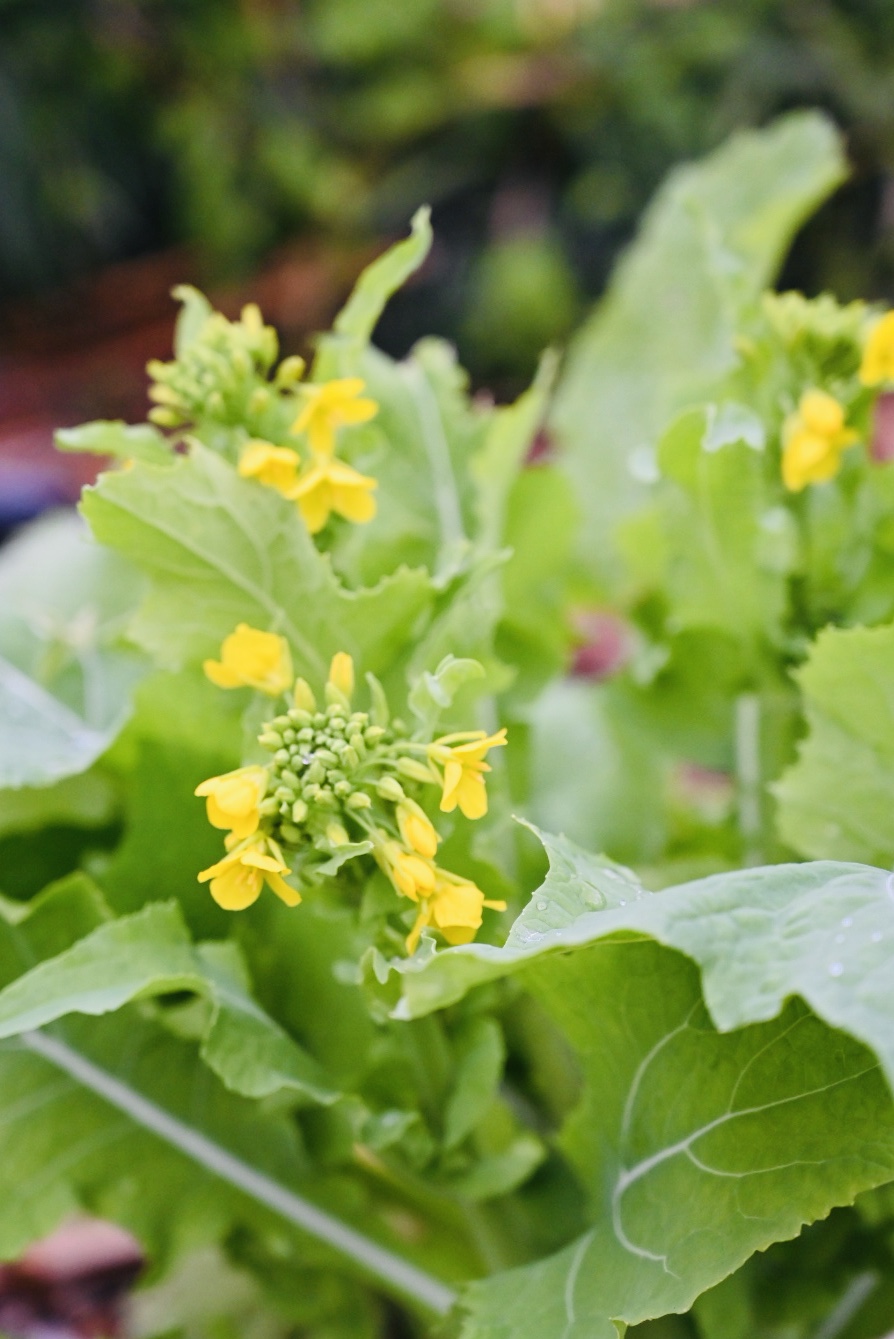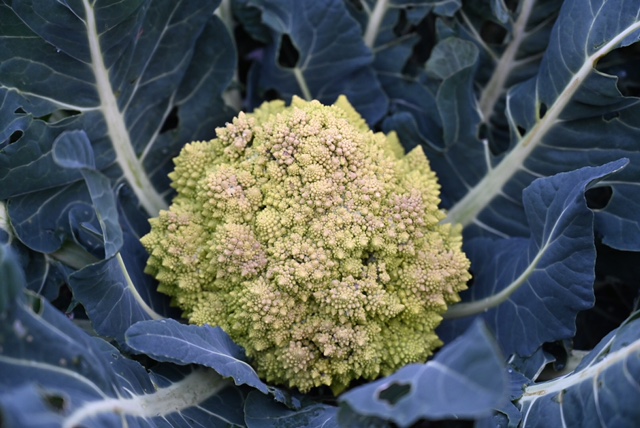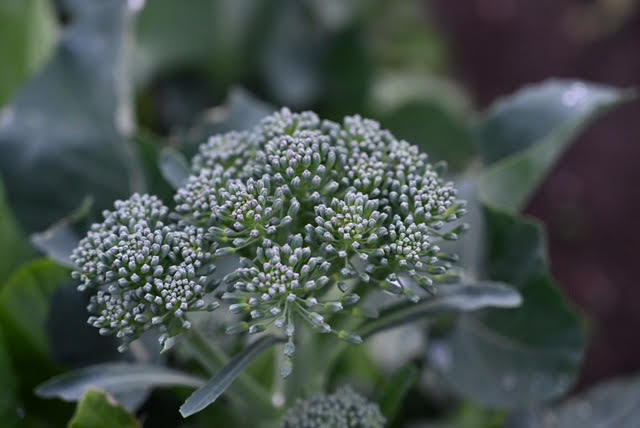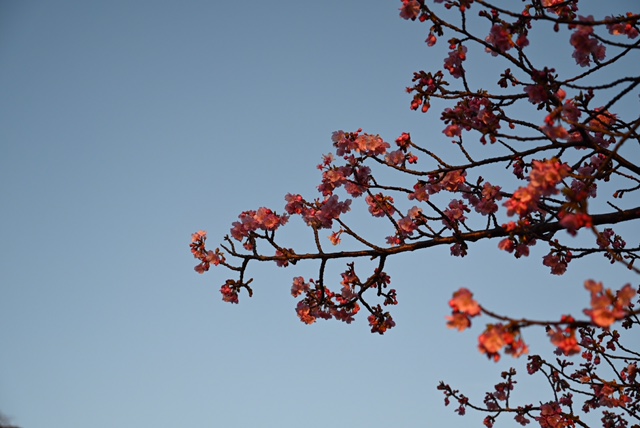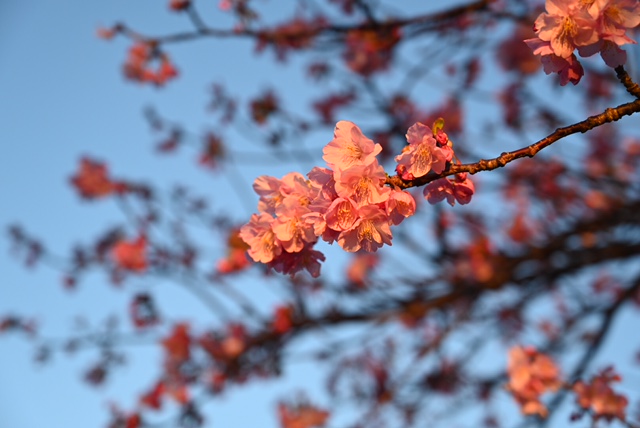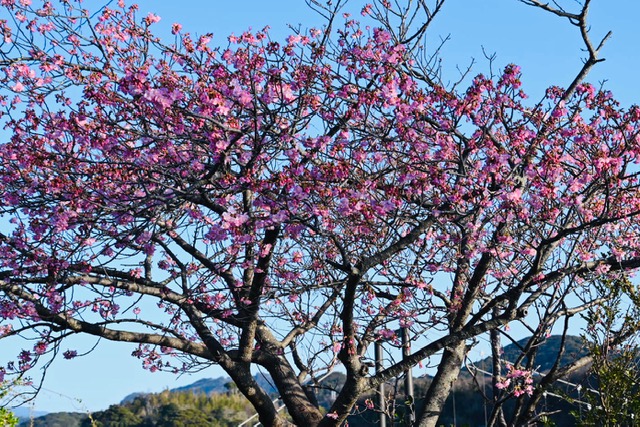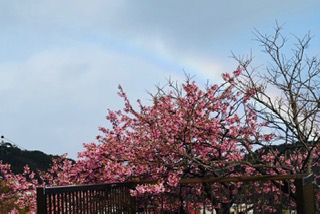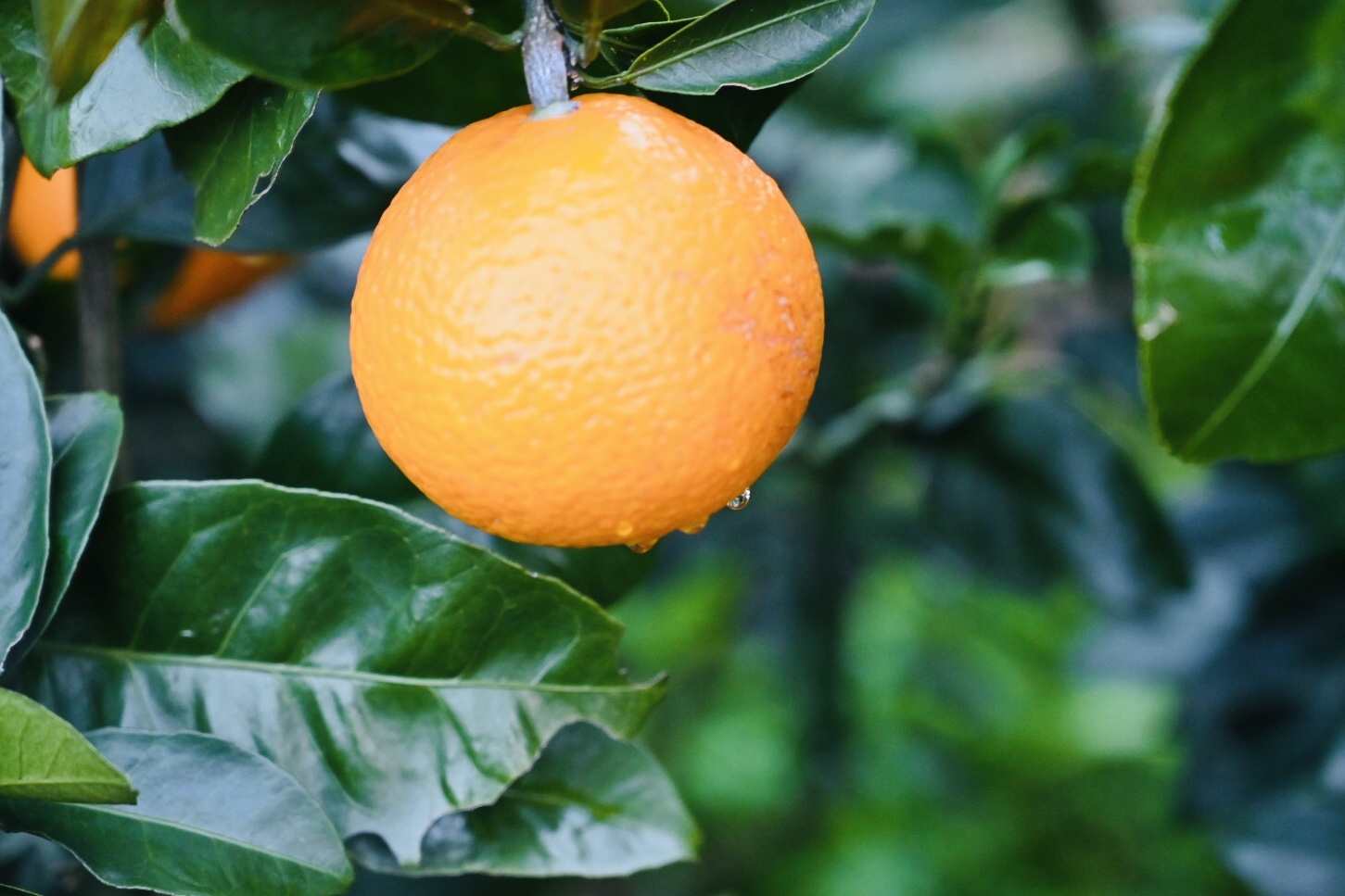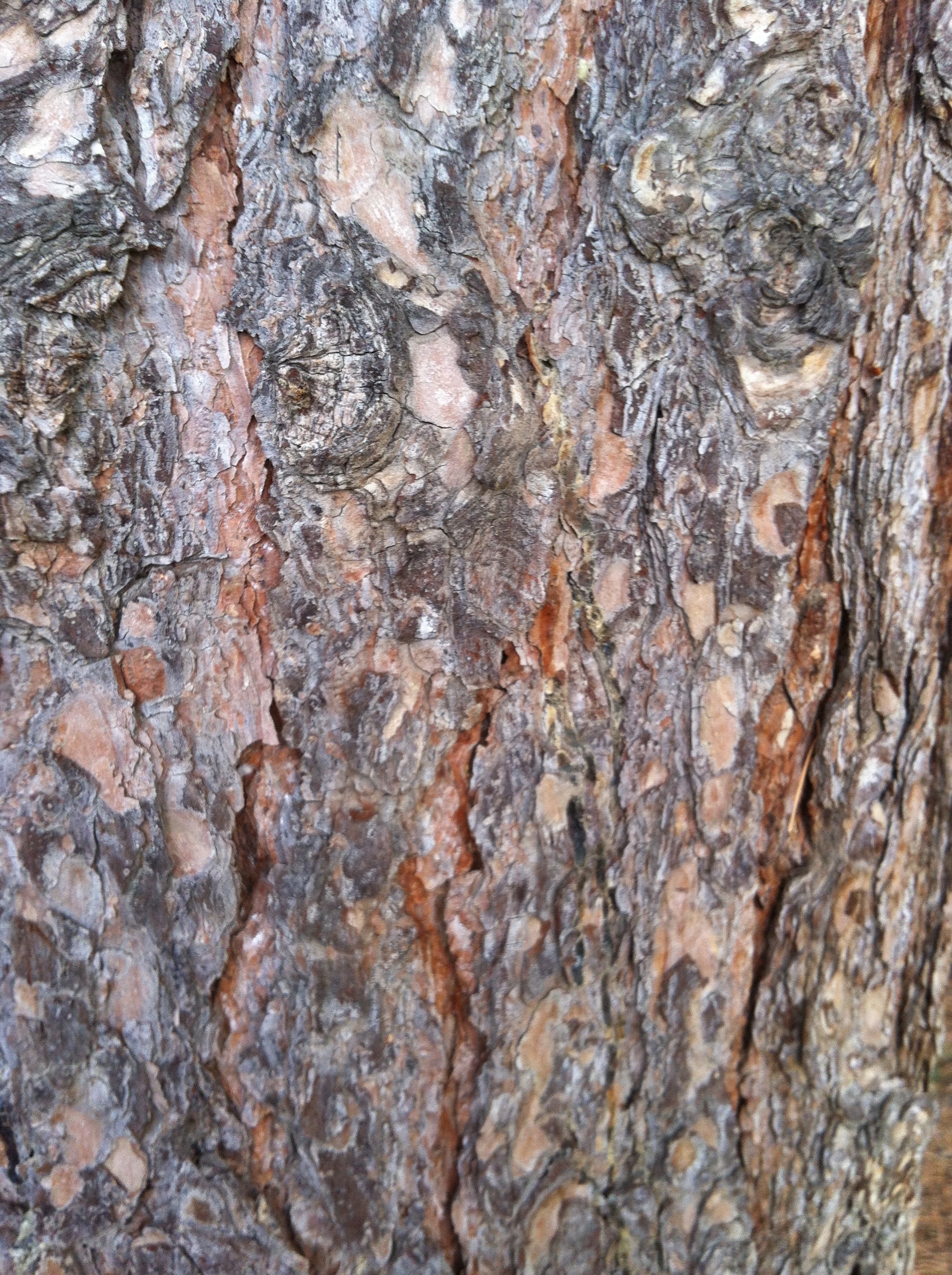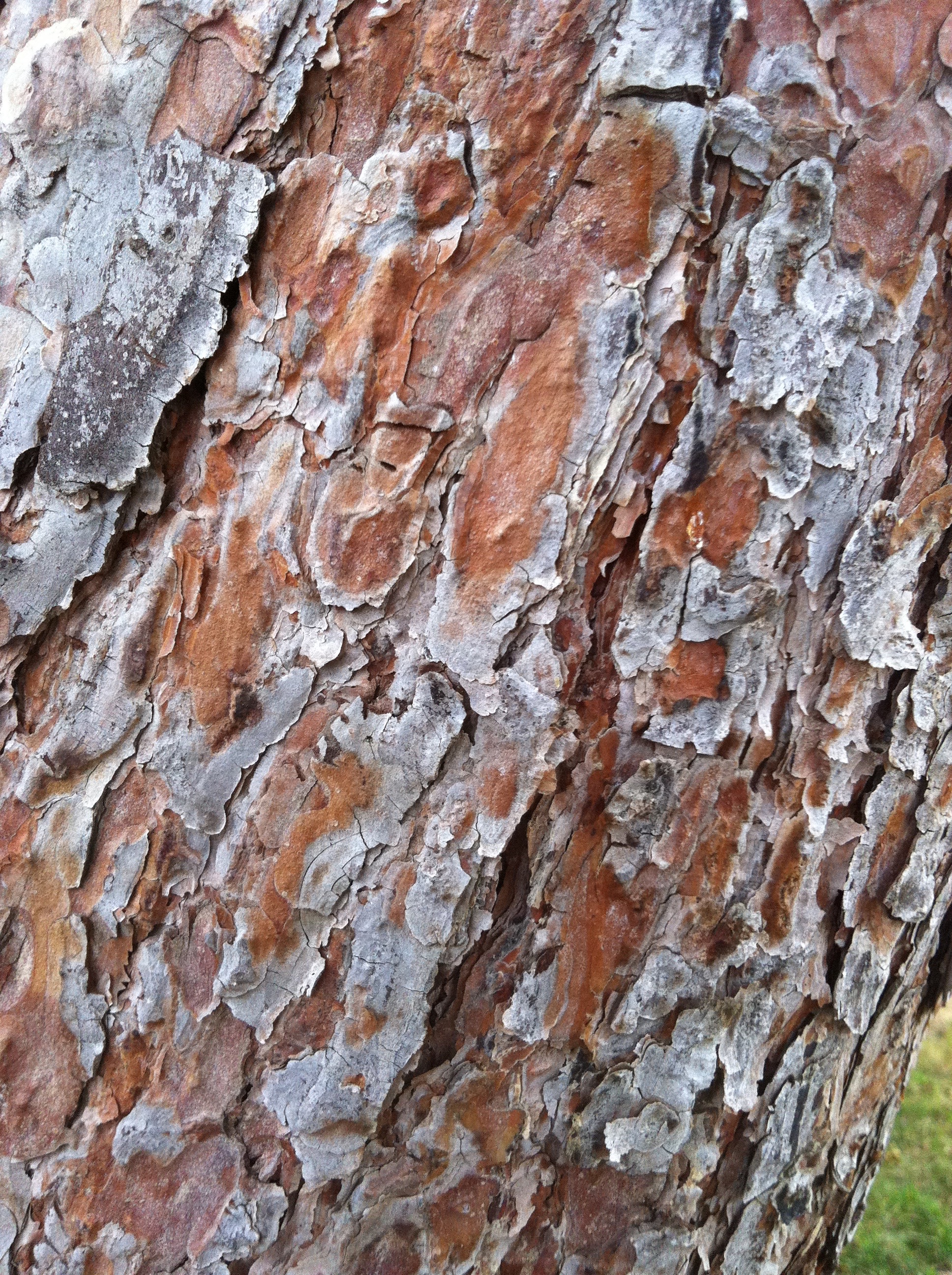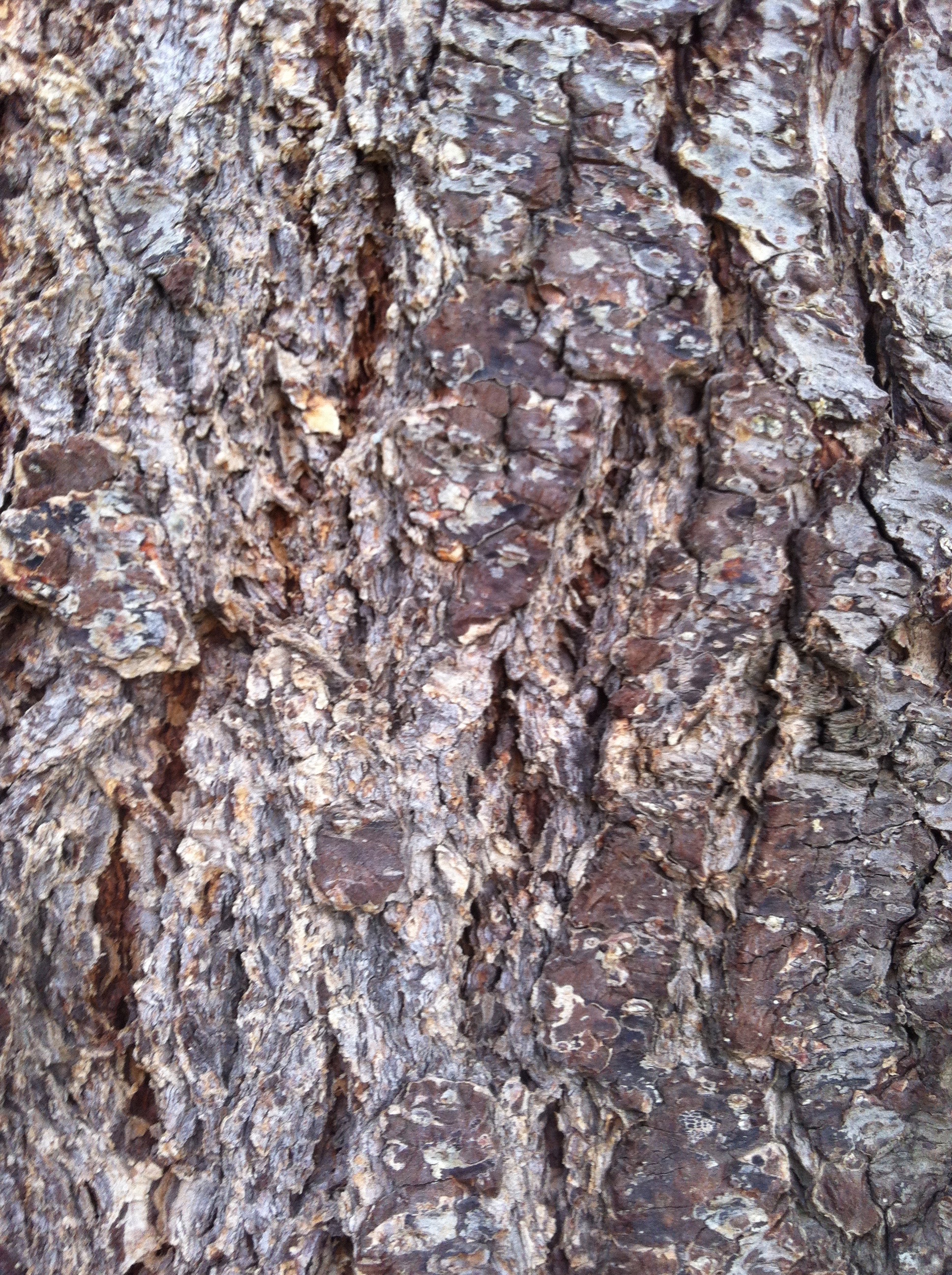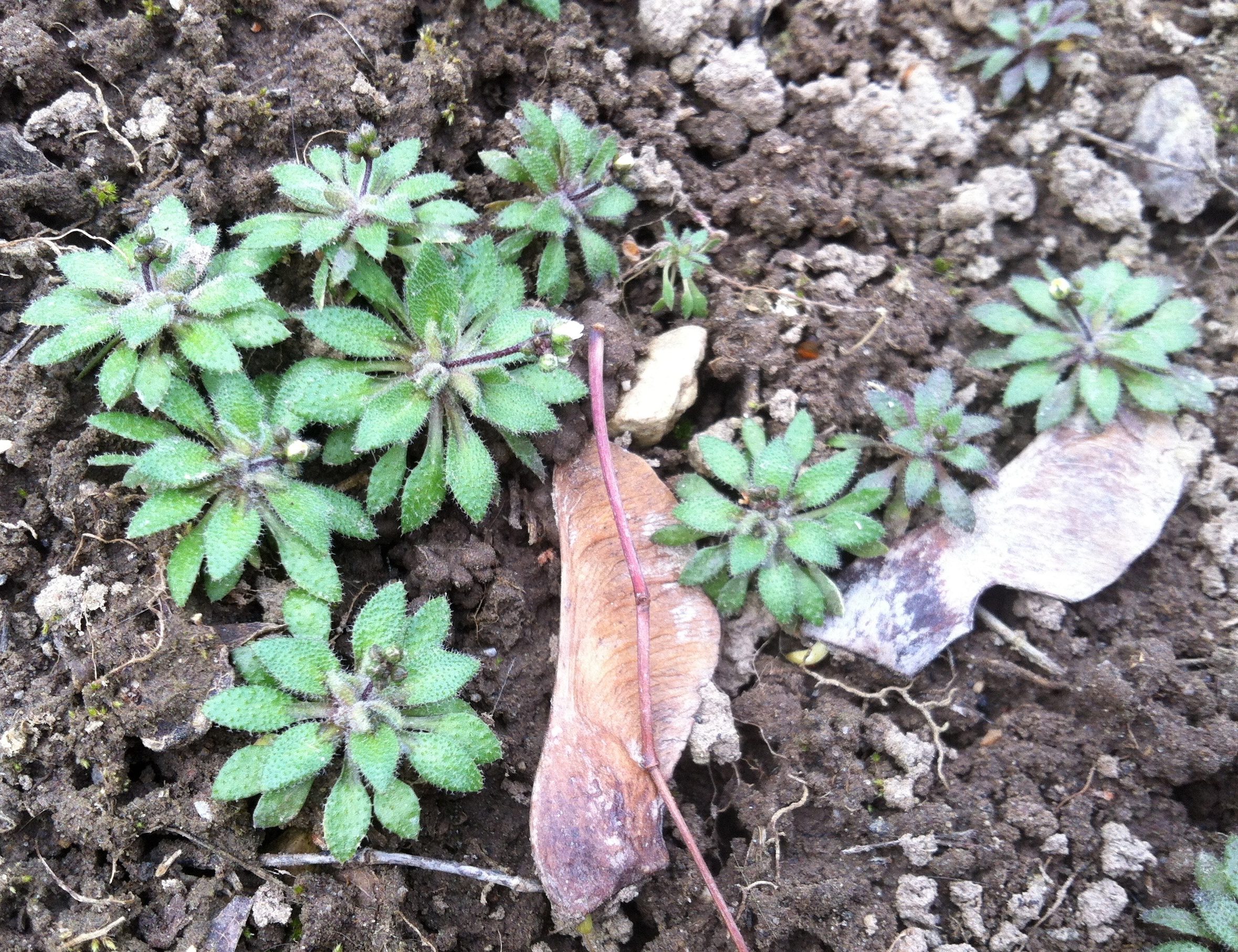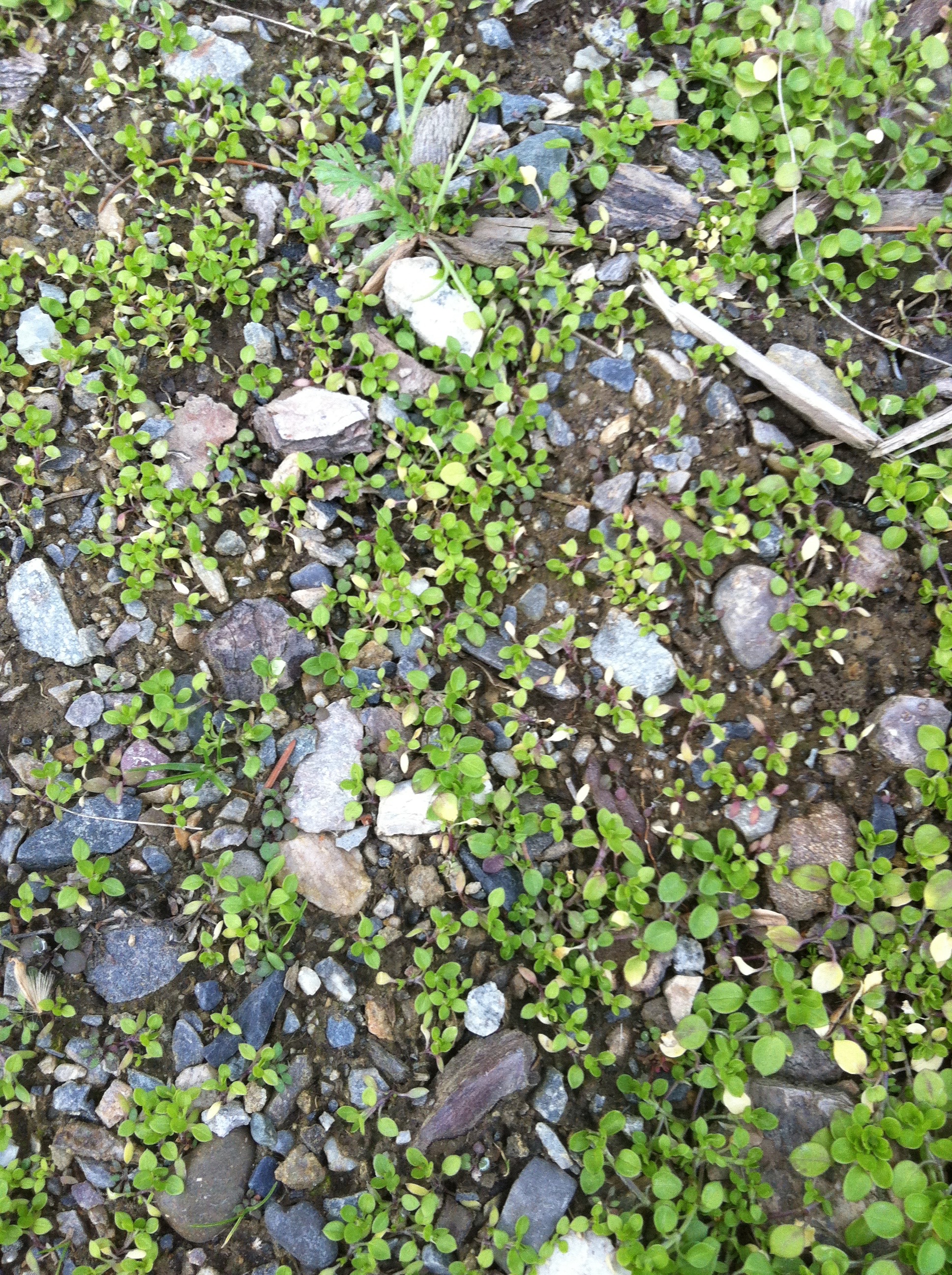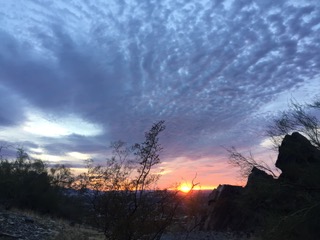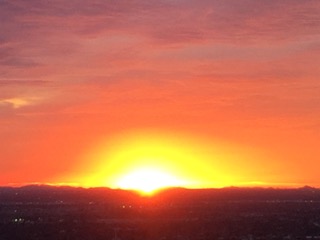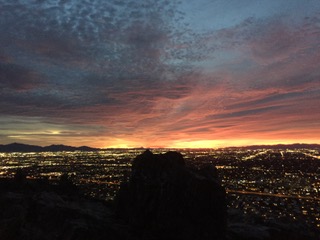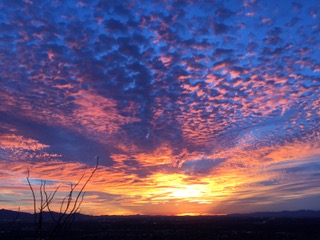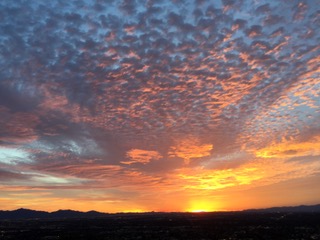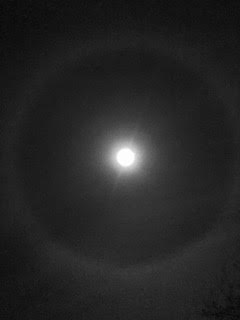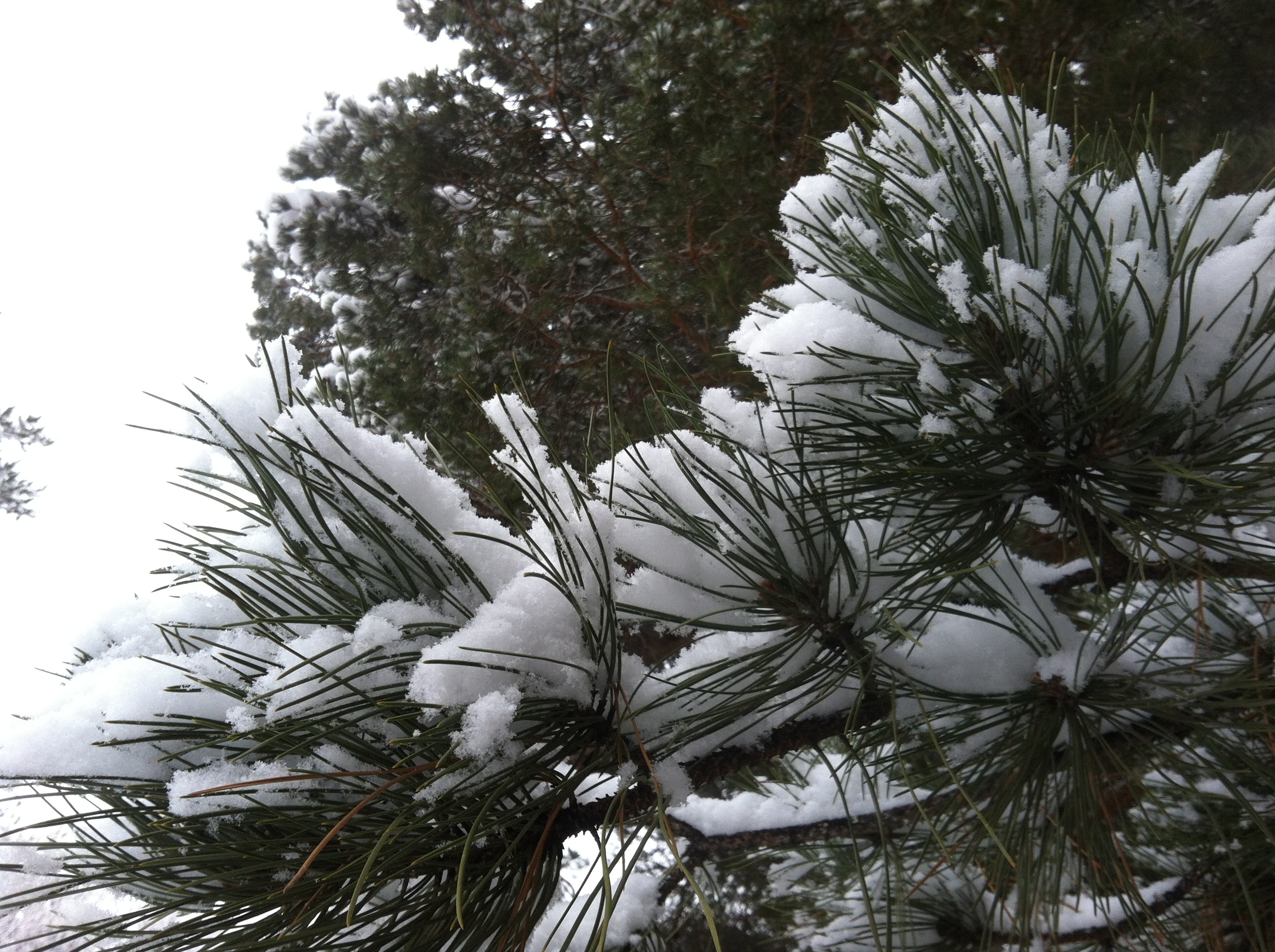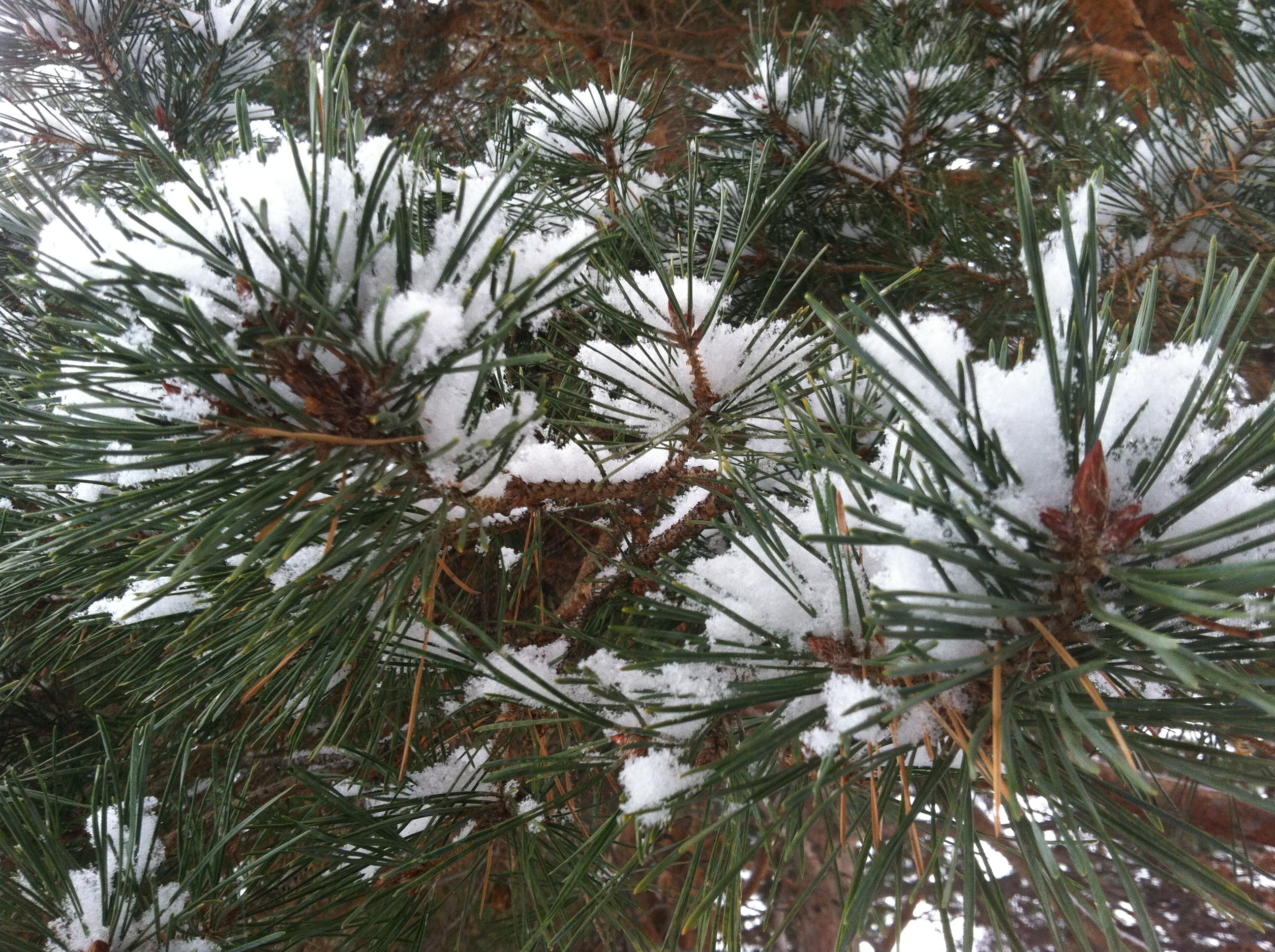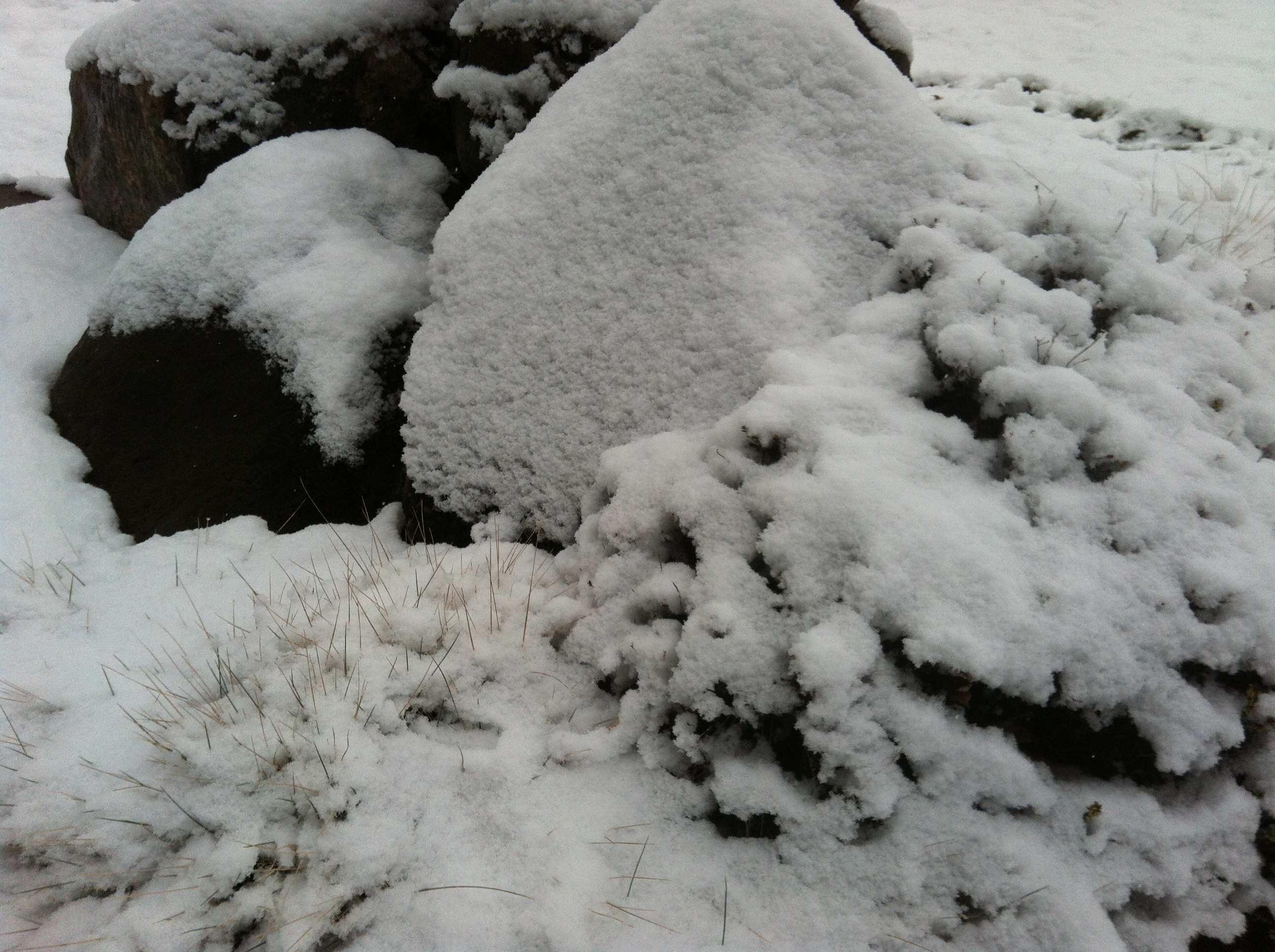We are now at the spring equinox, considered to be higan (彼岸), the yonder shore or nirvana, equanimity, a balanced state in day and night and heat and chill in Japan. People visit the graveyards of their ancestors and practice the Sixfold Perfections (pāramitā, interpreted as reaching the yonder shore or 到彼岸, the Pure Land, which is said to be in the Sun-setting West). Nirvana means “no wind” (karma wind, which blows us up and down, to fight and flight, etc.).
The Buddha said that all living beings are karma-heirs, -owners, -machines, and -refuged. Karma (業) means action, habits, heredity, making our body and heart, their actions, habits, etc. Living beings, especially animals, wanting to survive, develop a self-sense (due to movement) and survival instinct. Thus our actions tend to go with the Triple Poisons of delusion (of the self-same, self-sovereign “self” substance), desire, and divisiveness.
Humans have the Four Sufferings of life, sickness, aging, death, and the Eight Sufferings of not attaining the desired, parting with the beloved, meeting with the hated, and the rampant commotions of the Five Aggregates, plus the Four Sufferings. Finding that these are caused by desire, the Buddha recommended that they be stilled in nirvana, through the Sixfold Perfections, Sevenfold Awakening Limbs, Eightfold Holy Paths, Eightfold Awakenings of Great Persons, etc.
Sitting still (in Zazen, Sitting Meditation), stilling karma, and settling in nirvana, seeing the Dharma of Dependent Co-origination, can be done by anyone. However, our karma is so strong that in our actual actions in life we tend to lose it. Therefore, we need to constantly practice it, share it with as many people as possible, to keep peace and prognosis in our world. Like the Buddha we must strive hard to avoid the destruction of the world individually and collectively.
March 21, 2021 C.E. Dharma note
Note 1. The Sixfold Perfections are the perfections of giving (dāna), morality (sīla), patience (khānti/kṣānti), striving (viriya/vīrya), concentration (samādhi), prognosis (pańńā/prajńā).
- The Five Aggregates are aggregates or components of (physical) matters (rūpa) and (mental) feelings (vedanā), ideas (sańńā/sajńā), formations (saṅkāra/saṁskāra) and perceptions/consciousnesses (vińńāṇa/vijńāṇa).
- The Sevenfold Awakening Limbs(Bojjhaṅga/bodhiaṅga) are dharma analysis (dhamma/dharma-vicaya), mindfulness (sati), striving (viriya/vīrya), joy (pīti), lightness (passaddhi), concentration (samādhi), equanimity (upekkhā/upekśā)
- The Eightfold Holy Ways (Ariya-magga/ārya-mārga) are right view (sammā diṭṭhi/dṛṣṭi), right thinking (sammā saṅkappa/saṅklṛp), right speech (sammā vacī/vacana), right action (sammā kammanta/karmānta ), right livelihood (sammā ājīva), right striving (sammā viriya/vīrya), right mindfulness (sammā sati), right concentration (sammā samādhi)
- The Eightfold Awareness/Awakening of Great Persons (Mahā-purisa-vitakka/-bodhi/mahā-puruṣa-vitarka/-bodhi) are little desire (appiccha/appicchā), contentment (santuṭṭha/santuṣṭa), seclusion (pavivitta/pravivitta), striving (viriya/vīrya), mindfulness (sati/smṛti), concentration (samāhita), prognosis (paňňā/prajňā), no speculation (appapaňca/aprapaňca).
(Original Pali/Sanskrit: one word, when they are the same)
私達は今春分にあり、日本では日夜、寒暖の均衡した状態の彼岸即ち涅槃と考えられています。人々は先祖の墓を訪ねて六波羅蜜(pāramitāは太陽の沈む西方にある浄土への到彼岸と解釈して)を実践します。涅槃は「無風」という意味です(業風は私達を上下、闘争逃亡等に吹き飛ばします)。
仏陀は全ての生き物は業-相続者、-保持者、-機械、依拠者であると言いました。業は行為、習慣、遺伝であり、私達の身心、それらの行動、習慣などを行います。生物、特に動物は、生き残りを望み(動くことにより)自己感覚と生き残り本能を発達させます。こうして渡地たちの行為は(自己同一、自己主宰の「自己」本体という)迷妄、欲望、分離の三毒と同伴しがちです。
人間は生老病死の四苦と、四苦に求不得苦、愛別離苦、怨憎会苦、五蘊盛苦の八苦を持っています。これらは欲望(渇愛:渇きのような欲求)に依るものであることを見出して、仏陀は、六波羅蜜、七覚支、八聖道、八大人覚などにより、涅槃に於いて鎮まるように勧めました。
(坐禅)に静坐し、業を鎮め、涅槃に安住して、縁起の法を見ることは誰にもできることです。それゆえ、私達の世界に於いて私達はそれを常に行い、出来るだけ多くの人々と共有して、平和と(般若の)智慧を保持しなければなりません。仏陀のように私達も個人的に集団的に世界の破滅を避ける為に懸命に精進しなければなりません。
2021共通年3月21日 法記
註1.六波羅蜜とは布施 (dāna), 戒律 (sīla), 忍耐 (khānti/kṣānti), 精進 (viriya/vīrya), 集中(三昧) (samādhi), 智慧(般若) (pańńā/prajńā)です。
2.五蘊とは色(物質的形態: rūpa) and (心的), 受(感受) (vedanā), 想(思想)(sańńā/sajńā), 行(行為) (saṅkāra/saṁskāra) と識(認識) perceptions/consciousnesses (vińńāṇa/vijńāṇa)です。
3.七覚支 (Bojjhaṅga/bodhiaṅga)とは法分析 (dhamma/dharma-vicaya), 専念 (sati), 精進 (viriya/vīrya), 喜悦 (pīti), 軽安 (passaddhi), 集中(三昧) (samādhi), 捨念(清浄) (upekkhā/upekśā) です。
3.八聖道 (Ariya-magga/ārya-mārga)とは正見 (sammā diṭṭhi/dṛṣṭi), 正思 (sammā saṅkappa/saṅklṛp), 正語 (sammā vacī/vacana), 正行 (sammā kammanta/karmānta ), 正命 (sammā ājīva), 正精進 (sammā viriya/vīrya), 正念 (sammā sati), 正集中(三昧) (sammā samādhi) です。
4.八大人(Mahā-purisa-vitakka/-bodhi/mahā-puruṣa-vitarka/-bodhi)とは小欲(appiccha/appiccha), 知足(santuṭṭha/santuṣṭa)、離俗(pavivitta/pravivitta), 精進 (viriya/vīrya), 専念 (sati/smṛti), 禅定 (samāhita), 智慧(般若) (paňňā/prajňā), 不戯論(不虚妄・不妄想・不煩悩・不乱心・不心転・不投機)(appapaňca/aprapaňca) です。
(カッコ内はパーリ語/サンスクリット語:同一の場合は一つのみ表示)
Snap-dragon
Daffodils
Violets
heathers
The above pictures were taken and sent by
Rev. Erin Davis, our member and editor in Washington State.





